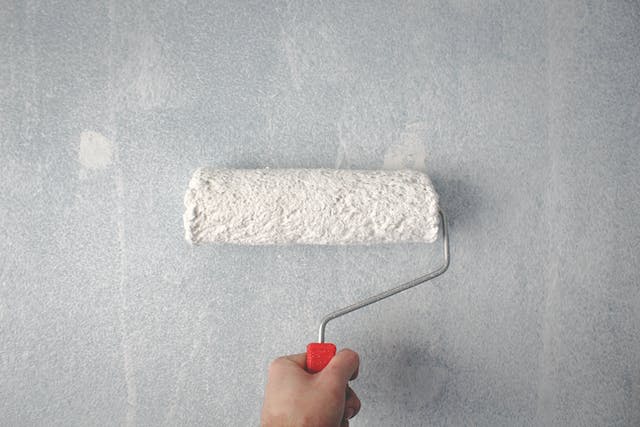A fresh coat of paint is one of the most effective ways to transform your home’s interior, whether you’re aiming to refresh a single room or overhaul your entire house. The right colors can enhance mood, define spaces, and reflect your personal style. This guide provides a deep dive into the world of interior painting, covering everything from the basics of color theory to practical tips for achieving a professional-quality finish.
Understanding Color Theory
Color theory is essential for creating a cohesive and appealing color scheme in your home. The color wheel, consisting of primary, secondary, and tertiary colors, serves as a tool to understand color relationships. Warm colors can create a cozy atmosphere, while cool colors might evoke calmness. Consider the psychological effects of color to ensure the chosen hues support the desired ambiance of each room.
Selecting the Right Paint
Types of Paint
Choose between water-based (latex) and oil-based (alkyd) paints. Water-based paints are popular due to their easy cleanup and shorter drying times, while oil-based paints are valued for their durability and smooth finish.
Finish Types
The finish of the paint can significantly affect the look and feel of a room. Options range from matte for a non-reflective finish to high-gloss for a shiny, durable surface. Semi-gloss and satin finishes are ideal for areas that require frequent cleaning.
Preparing for Painting
Surface Preparation
Proper preparation is key to a flawless finish. Clean walls, repair any cracks or holes, and sand surfaces as necessary. Use primer to ensure even coverage and to enhance the paint’s adhesion to the wall.
Tools and Techniques
Invest in quality brushes and rollers for a smoother application. Use painter’s tape to protect trim and ceilings, and drop cloths to cover floors and furniture.
Embracing Color Trends
Current Color Trends
Stay informed about the latest color trends to make your space feel contemporary. Neutral palettes, bold accent walls, and nature-inspired hues are currently popular, offering a range of options to match any decor style.
Personalizing Your Space
While trends can provide inspiration, choosing colors that resonate with your personal style and the function of each room is crucial. Consider how natural light affects color perception and select shades that will maintain their appeal under various lighting conditions.
DIY Tips for a Professional-Quality Finish
Painting Techniques
Mastering painting techniques such as cutting in (painting edges) and rolling can ensure a professional-quality finish. Apply paint in thin, even coats, allowing adequate drying time between coats.
Avoiding Common Mistakes
Be mindful of common painting pitfalls, such as neglecting surface prep or using the wrong type of brush. Taking your time and paying attention to detail can prevent these issues.
Conclusion
Interior painting is a powerful tool for revitalizing your home, offering endless possibilities to refresh and personalize your living spaces. By understanding the basics of color theory, selecting the right paint, and preparing properly, you can embark on a painting project with confidence. Remember, the goal is not just to change the color of your walls but to enhance the overall ambiance and functionality of your home.
Ready to transform your home with color? Start planning your interior painting project today. Gather inspiration, test paint samples in different lighting conditions, and invest in the right tools for the job. Whether you’re updating a single room or reimagining your entire home, a thoughtful approach to color can create spaces that reflect your unique style and enrich your daily life.
